Federal tax credits can make buying an EV a lot more affordable. And the good news is that rule changes coming Jan. 1, 2024 make it easier for retail customers to get up to $7,500 on a qualifying vehicle, buyers no longer having to wait until the next time they file taxes. Commercial buyers also will find it easier to get EV incentives. The bad news is that a number of EVs no longer will be eligible for federal incentives this coming year. Headlight.News helps clear things up.
The typical battery-electric vehicle now costs around $60,000, according to Cox Automotive, about $14,000 more than the average gas-powered vehicle. But buyers can help close the gap — and occasionally come out ahead — by applying federal and state EV tax credits.
The rules covering those givebacks have gone through a number of changes since Congress passed the Inflation Reduction Act in last year and, starting Jan. 1, 2024, buyers don’t have to wait until they file taxes before they can claim up to $7,500 in federal givebacks. With the New Year, the incentives can be applied as part of a downpayment.
Unfortunately, some of the rules covering those credits will be less welcome by buyers — and the manufacturers who may no longer comply with minimum sourcing requirements for EVs, battery packs and raw materials. Some popular models, including some versions of the Tesla Model 3, will no longer be in compliance and will no longer qualify.
Washington giveth, Washington taketh away
Before the passage of the IRA, pretty much all EVs qualified for federal tax credits, though the precise amount varied by the size of the battery pack. And once a manufacturer crossed a sales benchmark of 200,000 EVs, they lost the chance to provide buyers those incentives. Tesla and General Motors were the first manufacturers cross that threshold.

Tesla warned potential buyers that its Model 3 could lose its federal tax credit in the new year, and that appears to have come to fruition.
Under the IRA, the sales cut-off was eliminated. But Congress put in place a variety of alternative strictures. There’s a cap on the price of an EV, as well as limits on the income of buyers.
The feds also implemented a sourcing requirement critical the place both a vehicle and its battery pack were manufactured, as well as the source of key battery minerals, including lithium, manganese and cobalt.
As a result, barely a dozen nameplates qualified for tax credits in 2023, and with several — including the Ford Mustang Mach-E and Rivian R1T and R1S — the credits were halved, to just $3,750.
(You can find out what vehicles qualify for federal tax credits at fueleconomy.gov.)
Sourcing rules get tougher
Some of those guidelines get tougher to meet each year through the end of the decade.
In 2023, 40% of the critical battery minerals had to come from the U.S. or a limited list of close trade partners. That jumps to 50% as of Jan. 1, 2024, annually rising until reaching a 70% target by 2027.
When it comes to a broader list of battery components, the minimum threshold was 50% this past year, climbing to 60% in 2024. And, by 2029 it will reach 100%. Even now, none of those components can be acquired from a “foreign entity of concern,” such as China.
If a manufacturer meets only one of those requirements, the tax credit is halved — which is what happened to the Rivian models and the version of the Ford Mustang Mach-E.
You might make too much money
For a small number of EV buyers, the old rules created headaches if they didn’t make enough money. The tax credits were for a maximum $7,500. If you owed less to the IRS on April 15 you were out of luck. Now, however, the changes for 2024 let the tax credits be applied at the time of purchase towards your downpayment.
Critics of EV incentives have long griped about the idea of giving $7,500 in tax credits to wealthy buyers opting for products like the Mercedes-Benz EQS, with a base MSRP of $104,400.
The IRA set several financial limits to win passage in Congress. First, vans, SUVs, and pickups with sticker prices in excess of $80,000 don’t qualify. Nor do sedans, coupes and other passenger car models with an MSRP of more than $55,000.
There also are income caps for EV buyers:
- $300,000 for married couples filing jointly;
- $225,000 for heads of households;
- $125,000 for all others.
The loopholes
But be aware that those figures cover adjusted gross incomes. You might have deductions that can lower your own AGI, such as contributions you’ve made to a 401(k) program.
The biggest loophole covers leasing. If you choose to lease, rather than buy, the vehicle price caps are waived, as are income requirements. And even foreign-made EVs can qualify.
But here’s where you have to be careful. When an EV is leased, any tax credits actually go to the leasing company, not the buyer. In most cases, the lessor will pay on that incentive, but they aren’t required to. You need to be careful during negotiations and make sure what you’re getting before you sign the paperwork. Of course, you should also consider other factors included in a lease, such as mileage caps.
A decade ago, a solid majority of luxury vehicle shoppers opted for leases — which often carried their own incentives. So did a significant share of mainstream customers. Since COVID struck, leasing has lost its luster, falling to single digits at some brands. But this approach is rapidly regaining momentum on EV products and, according to several manufacturers, could soon top 50% on some product lines.
More EV News
- These are the 40+ EVs coming to U.S. showrooms in 2024
- And these EVs will roll out in 2025 and 2026
- Will the Volkswagen ID.GTI come to the U.S.?
Winners and Losers
Volkswagen is “cautiously optimistic” it will still be able to offer EV incentives on the versions of the ID.4 crossover built in Chattanooga, Tennessee, while General Motors expects to retain credits on “many” of the models in its expanding EV portfolio.
The news is not as good for some versions of the Ford Mustang Mach-E — likely those using imported LFP batteries. And Tesla expects to lose credits on some versions of the Model 3, likely for the same reason.
Used and commercial vehicles can qualify for EV credits
Current rules allow buyers of used EVs to collect tax credits, as well, though they’re only available on vehicles costing less than $25,000. And the credit comes in at 30% of the sales price, with a maximum incentive of $4,000.
This must be the first time the EV has been sold as used since mid-2022. And you can only buy from a dealership — not an individual — that has registered with the IRS. (That’s also the case if you want to apply the tax credit on a new EV to the downpayment.)
As for commercial vehicles, buyers have two different options, either the EV credit outlined, above, or a commercial clean vehicle tax credit that can run as high as $40,000 for delivery vans and other trucks. But note that you cannot combine the two credits.

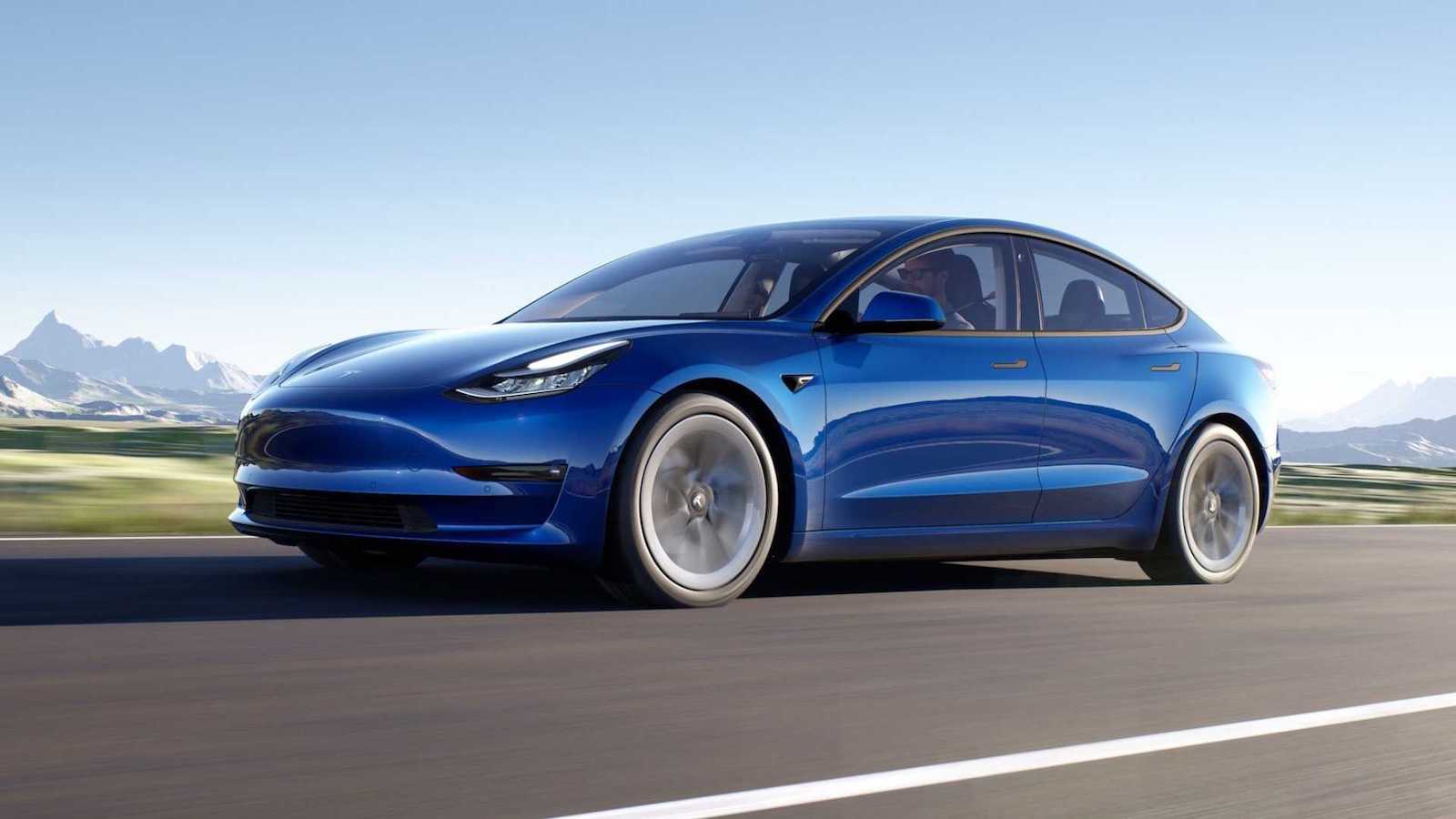

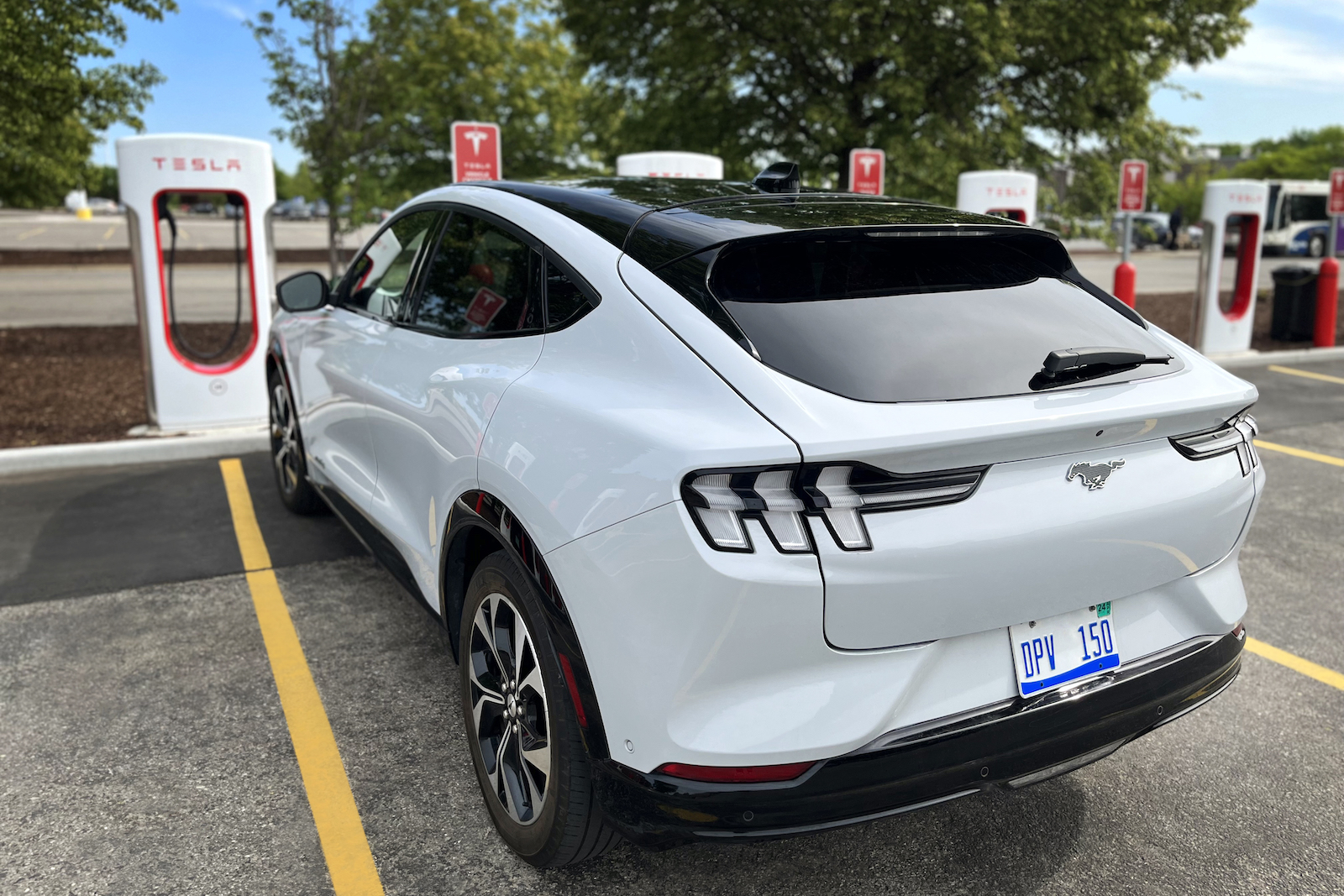




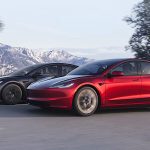
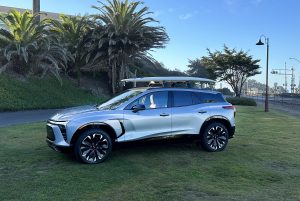

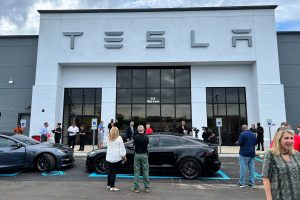


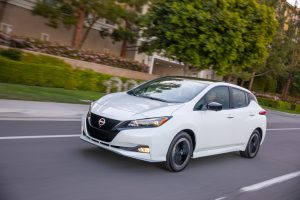
0 Comments